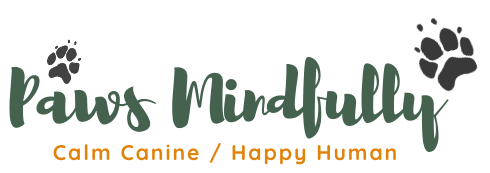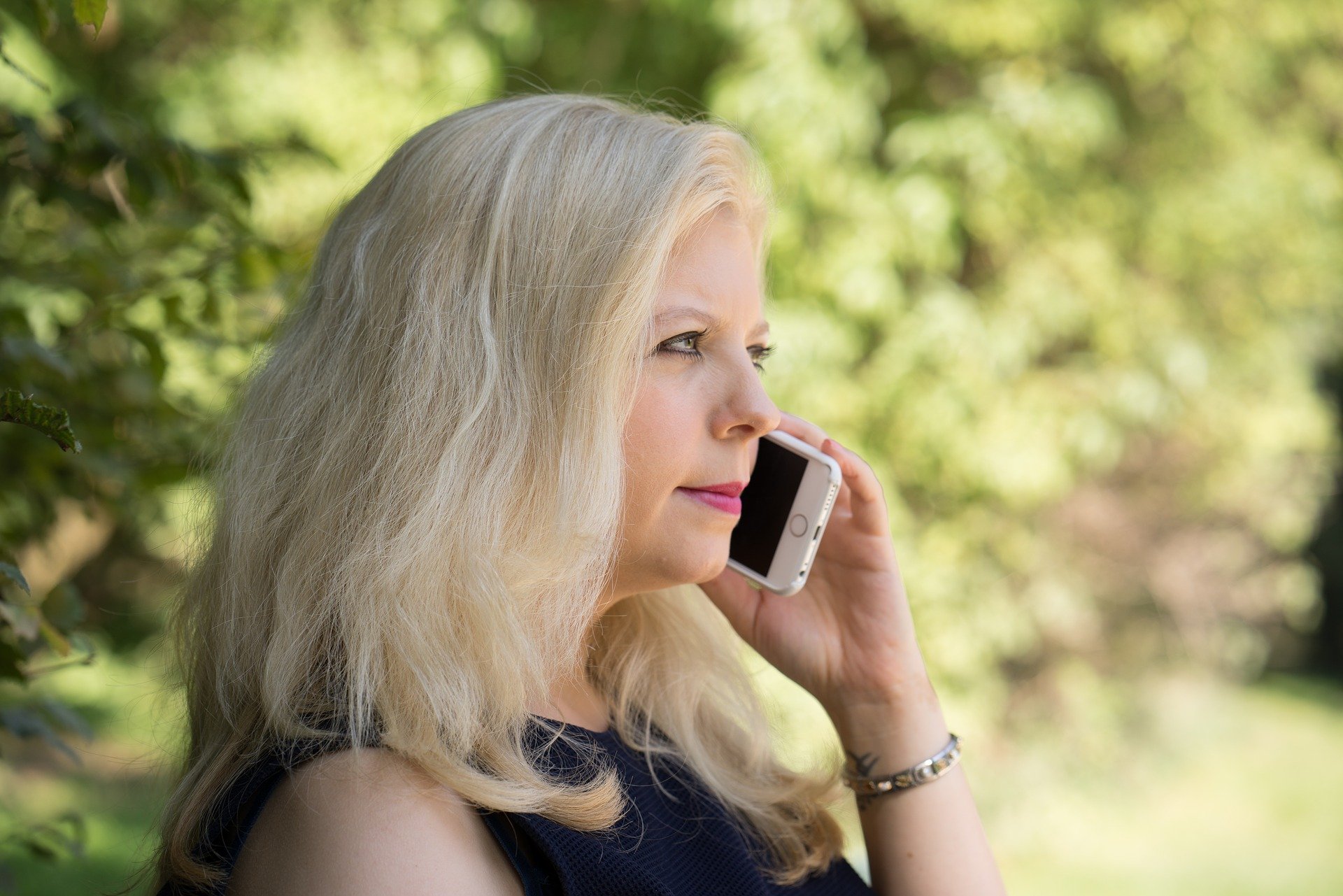7 Tips for a Calm Dog with Visitors
Do you have a dog that doesn’t cope when visitors come over to the house? Do they jump up, bark and run around like a crazy hound and totally stress you out? Or do they get fearful and don’t cope with lots of noise or people?
Whether it’s a special occasion like Christmas, a family gathering or simply a friend popping over for coffee, you don’t want to spend that time trying to stop your dogs unwanted behaviour. Or equally spend it worried about your anxious pup if they are nervous.
You want the day to go well and have a stress free time for both you and your dog. So what do you do if you have a dog that does not cope with noise or new people or children or a dog that gets very excitable and jumps over everyone?
Like the big day itself it’s all in the preparation so starting some routines in advance is going to be the key to success. It’s always to start this as early as possible but what if you don’t have the luxury of time? Well you can still put some strategies into place to manage the situation. Management is your number one goal to start with and can be especially helpfully if you have less time to work on this so here are some ‘houndy’ tips to get your started.
1. Ensure your dog has a quiet safe place they can retreat to.
This is important for both an anxious or excitable dog. This could be a bedroom or laundry area where their bed goes. Many anxious dogs like peace and quiet and are quite happy to be away from the noise so get them set up prior to the day with their bed and toys.
For an excitable dog a quiet space is a chance for them to calm down but they may not be as happy to go there. Take the time prior to the day and set a space up and get them used to being in there (See tip 5 for setting up a space).
2. Baby gates are great inventions not just for children but also for dogs and worth investing in a few before the day.
Keeping your nervous or over excited pooch away from excitable children is imperative not just for the safety of the child but also for the sake your dog.
So if you have children or families with children coming plan ahead with organising separate areas.
3. Talk with your guests before they come so you can best manage your dog.
This is especially important when you have a dog that jumps all over people when they arrive or goes off when they hear a doorbell or knock at the door. A quick text to ask your guests to message you when they arrive and not to ring the bell or knock is helpful. That way you can put your dog in their quiet space with food in a slow feeder, a licki mat or favourite toy. This is especially helpful for a dog that is reactive to noise.
Let your guests know your dog is in training too and that you are working on him being calm. Remaining calm is going to be the key. If your dog continues to be excited or is nervous calmly pop him back to his quiet space.
4. What if your guest wants to bring their dog and your dog does not like other dogs?
Asking your guest to politely make other arrangements is one option but if that is not possible it’s about managing the day and discussing with your guest how you both do this.
We have had a lot of experience in this with our two and again the baby gates have been a lifesaver and having a safe place they can go to. Having discussions with your guest about how this will happen is going to be the key to a calm day with a joint effort from all fur parents involved.
5. So we have talked about having a quiet space but what does this look like?
Get them used to the area with fun games using their daily food allowance such as scattering their food and letting them find it or hiding their food in various cardboard boxes and letting them seek it out. If space is an issue use enrichment toys such as Kongs, licki mats, doggy puzzles or a long lasting chew (supervision however is the key with any chew). It’s about making this area your dog’s favourite place to be in and helping them to feel calm at the same time.
6. Introduce a calming essential oil to their routine and using this in their quiet space a week or two before.
There are many essential oils that can help with calming the emotions. Lavender, Frankincense or Copaiba are great calming oils but remember to use them safely. Check out our safety tips on how to use oils safely with your dogs HERE.
7. Using calm music in the room.
There are some great apps and music you can download specifically for pets. Set up an option to play this. We love Pet Tunes – a little Bluetooth box that has tunes already loaded on to it. If you have a chewer make sure it’s out of reach.
Remember changing the environment is way less stressful than saying no especially when a dog is learning how to be calm around guests. As a fur parent it is up to us to ensure our dog has a stress-free day. It’s worth noting remaining calm is going to be so important and using essential oils on us can benefit us as much as our dogs. After all we all want to have an enjoyable day.
Not sure where to begin and looking for ways to manage your dogs behaviour?
There are some fantastic games and strategies you can put in place to help shape your dog’s brain to build calmness, which we go through in our training packages.
If you want to learn more book in your free 15 minute ‘Bark-n-Chat’ to find out more about our dog training and Animal Aromatherapy services.








